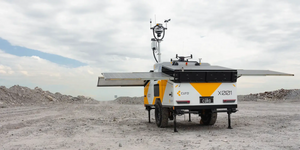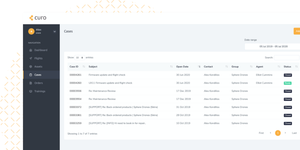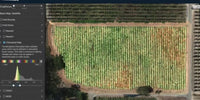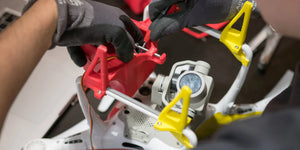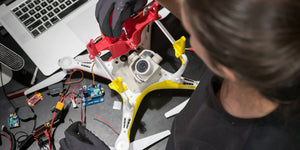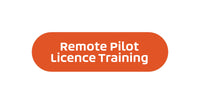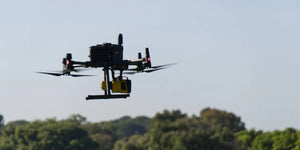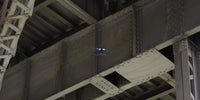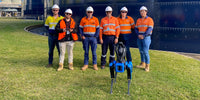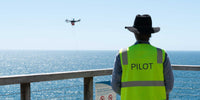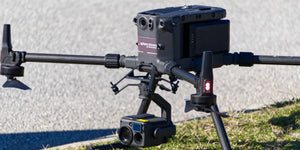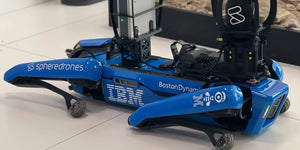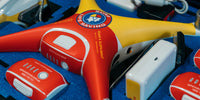What is hazard identification?
When a new area is being explored or checked out hazard identification must often be done as a part of a safety process. Depending on the situation different methods are used, which can be costly as well as put human life in danger or even result in death.
How does hazard identification work?
- Depending on the situation, a drone, landborne robot, or subsea ROV will be sent into the location with a potential hazard.
- The drone, landborne robot, or subsea ROV will capture data with onboard sensors and send a live view back to the team.
- The team will either identify the hazard during the operation or once the data has been processed.
Benefits of using drones, landborne robots, or subsea ROVs
- Increased safety, a person or team no longer must go in and identify a hazard removing the potential for damage.
- No longer will you have to send a person into a hazardous location, meaning costs can be kept lower and a drone, landborne robot, or subsea ROV can be damaged unlike a person.
Image: DJI
